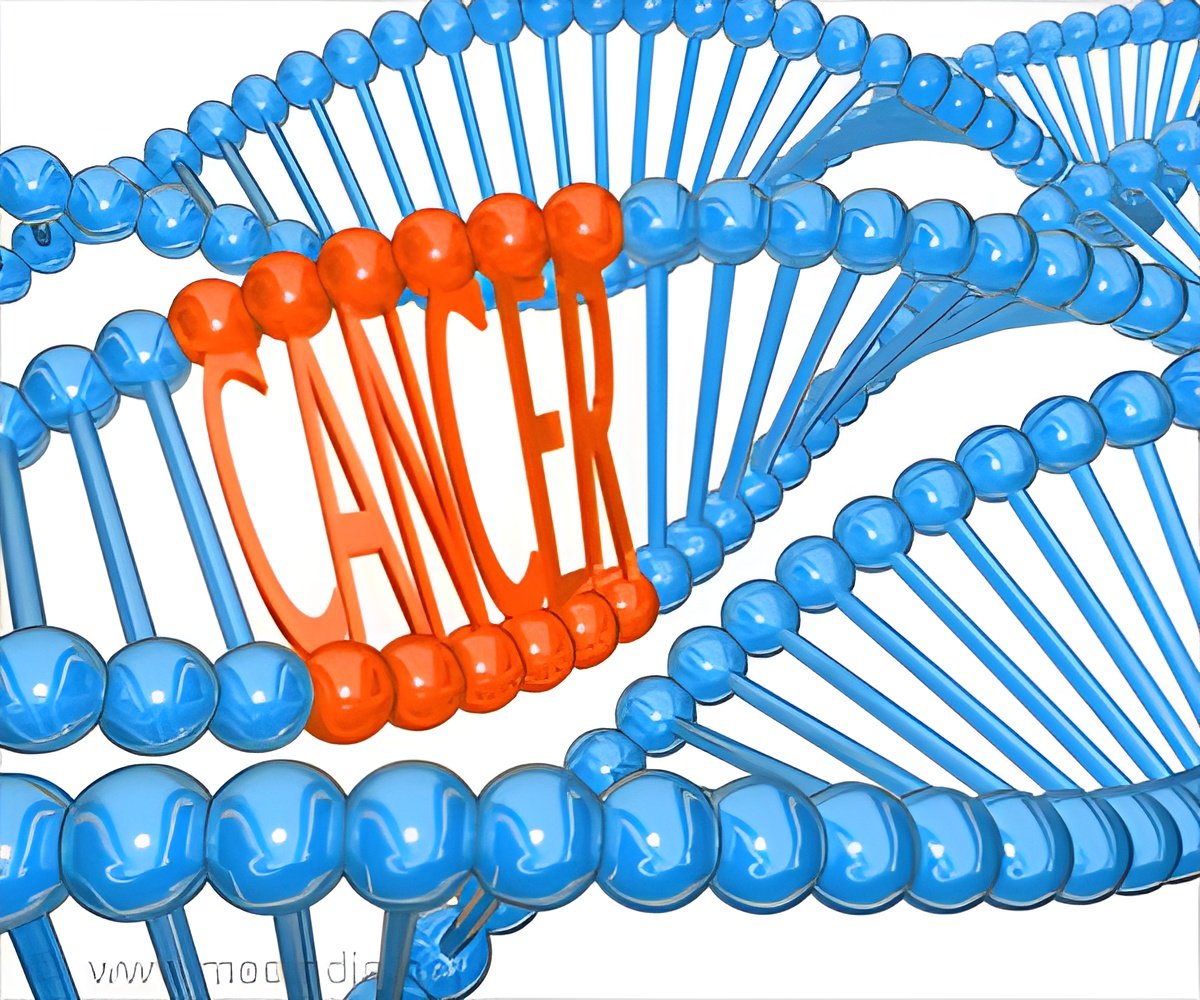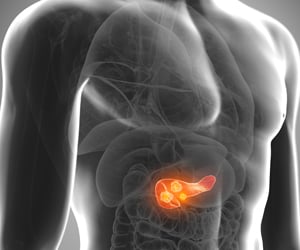
‘Novel nuclear medicine technique offers a promising strategy for the detection and treatment of malignant tumors’
Tweet it Now
Cancer-associated fibroblasts (CAFs) have a high expression of fibroblast activation protein (FAP) and are known to be involved in tumor growth, migration and progression. They are also genetically more stable than cancer cells, making them less susceptible to developing therapy resistance."The appearance of FAP in CAFs in many epithelial tumors and the fact that overexpression is associated with a worse prognosis led to the hypothesis that FAP activity is involved in cancer development, as well as in cancer cell migration and spread," said Uwe Haberkorn, MD, professor of nuclear medicine at the University Hospital of Heidelberg and at the German Cancer Research Center.
"Therefore, the targeting of this enzyme for imaging and endoradiotherapy can be considered as a promising strategy for the detection and treatment of malignant tumors."
Based on an FAP-specific enzyme inhibitor (FAPI), the team developed the positron emission tomography (PET) tracer gallium-68 (68Ga)-labeled FAPI, which was tested first on mouse models then through proof-of-concept PET/CT imaging of three patients. The results showed high tracer uptake by the tumors and fast body clearance, resulting in high? contrast images and very low binding to healthy tissue in both animals and tumor patients.
Haberkorn pointed out, "A comparison to fluorodeoxyglucose [18F-FDG] the common standard in tumor imaging--revealed a clear advantage of our tracer with regard to tumor uptake and image contrast in many tumors."
Advertisement
Source-Eurekalert

![Prostate Specific Antigen [PSA] & Prostate Cancer Diagnosis Prostate Specific Antigen [PSA] & Prostate Cancer Diagnosis](https://www.medindia.net/images/common/patientinfo/120_100/prostate-specific-antigen.jpg)













